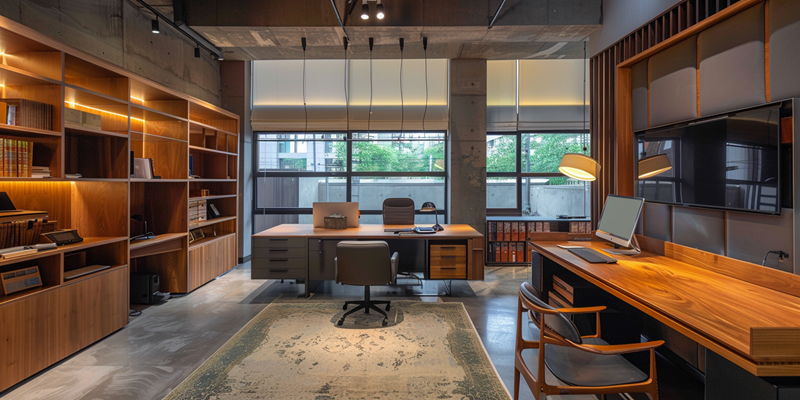As hybrid work becomes the norm, businesses are confronting the challenge of optimizing office space for a workforce that spends part of its time working remotely. Cisco’s extensive 2024 Hybrid Work survey sheds light on how workspaces are perceived differently by employees and employers alike in this new era. With these insights in tow, there’s a growing imperative for office redesigns to align with the hybrid model’s requirements. These findings stress the necessity for adaptable work environments that cater to both in-person collaboration and remote work efficiencies. The paradigm shift in workspace usage demands that companies reimagine their physical offices to ensure they serve the dynamic needs of a modern, flexible workforce. This evolution also speaks to the broader trend in which the purpose of office spaces is being redefined, balancing functionality with the well-being of employees who now have more control over where and how they work.
Insights into Evolving Work Demands
Employee Preferences Shape Redesign Trends
The preferences expressed by employees in Cisco’s 2024 survey are loud and clear: they want office layouts crafted for collaboration. However, a striking contrast illuminates the current state of offices worldwide, with a vast majority still heavily invested in individual workstations, which now appear increasingly anachronistic in the dawning era of hybrid work. Traditional office layouts, focused on solitary cubicles and rigid structures, conflict with the dynamic and flexible workstyles arising post-pandemic.
To bridge the gap in expectations and reality, an inevitable transition is underway—a shift from isolated workspaces to communal, technology-infused environments that resonate with a workforce seeking meaningful in-person interactions when not working remotely. This need for adaptable workspaces aligns with a multi-generational workforce that values the balance of home-like comfort and cutting-edge office facilities.
The Gap Between Technology and Infrastructure
The disparity between the high-tech enhancements employees seek and the current state of most office tech infrastructures cannot be overstated. While primary workspaces and meeting rooms form the backbone of office productivity, the survey indicates a dissatisfaction rooted in tech inadequacies. Poor audio-visual experiences and a lack of supportive technology hinder the capacity for effective collaboration and individual work alike.
Despite employers claiming they provide the necessary tools for a smooth transition from home to office work, the reality presents a stark discrepancy. It is not enough to merely acknowledge the importance of technology; employers must invest in implementing tools like project management software, advanced collaboration platforms, and enhanced virtual meeting experiences to deliver on their promises and facilitate the workflow that contemporary work practices necessitate.
Response to Workplace Evolution
Initiatives in Office Space Redesign
In response to the compelling data gathered by Cisco, there’s a burgeoning wave of office renovation plans across the globe. Employers are acknowledging that the demands of their workforce for more harmonious, technologically empowered workspaces are not just a fleeting trend but a long-term shift in the corporate ethos. This is evident in the large number of global operators, 81% to be exact, who are rethinking their office layouts, with many already in the throes of active redesign projects.
Redesign efforts are not merely limited to spatial reconfiguration. They encompass a broader view—implementing eco-friendly materials, integrating health and wellness features, and customizing spaces that can easily pivot between team projects and individual tasks. The recognition of these needs speaks to an upward growth in the importance of the office as a space that must innately adapt to the diverse styles and preferences of its inhabitants.
Technology as a Cornerstone for Hybrid Work
To bolster the success of these redesign efforts, technology emerges as a central pillar. The modern office cannot be anchored to outdated systems; rather, it must offer a suite of digital tools that mirror—or exceed—the capabilities available to the remote worker. Only by doing so can the traditional workspace evolve into a true hybrid work environment, one that employees look forward to engaging with, regardless of physical location.
The considerations for new designs extend beyond physical space and into the digital realm. For instance, the integration of seamless connectivity between home and office setups, the inclusion of smart systems for room booking and resource allocation, and the implementation of real-time interactive platforms to enhance the collaborative space are becoming essential components of the office of the future, indicating a harmonious marriage of form, function, and digital innovation.

